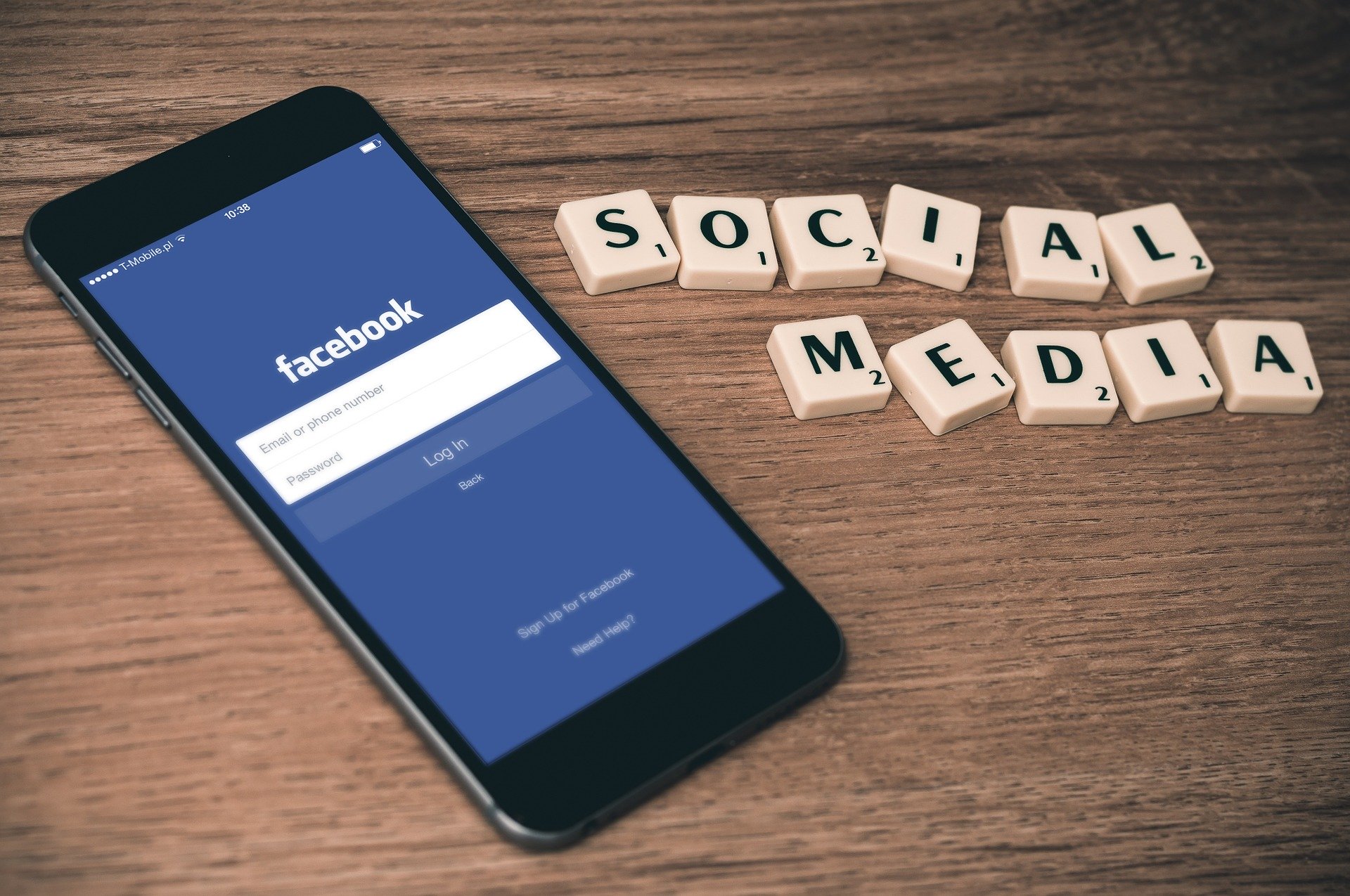
Online More Than Ever – Don’t Look Like A Bot: What I Learned About Social Engagement at Caster
By: Samantha Schaller, Intern
Social media is used to spread awareness, interact with customers and communities, and keep brands in the conversations in their market. With Twitter, Facebook, LinkedIn, and Instagram staying strong (especially now as we work from home), and more platforms emerging each year, it’s critical for PR pros to understand how to use social media.
Social media isn’t just about shouting into the void. As an intern at Caster, I’ve been introduced to social engagement as a critical tactic for online presence.
Why is It Important?
Maintaining an online presence is crucial to staying relevant and building an engaged audience. Tricks like hashtags, retweeting, and commenting build and maintain relationships with others in your industry, as well as with potential customers or clients.
Social media engagement also keeps you in the conversation. According to a 2020 research study from Statista, there are over 2.7 billion people on social media, and these platforms let everyone join the conversation — which is especially important now as we’re going online full-time as we work from home.
In general, brands engage on social media to drive customers to their profile and website and to stay top-of-mind, relevant, and engaging for potential customers and partners. On the personal side, social engagement is the new networking, and it keeps you from looking like a bot. Replying to account tags and business-related content keeps a profile active, making a business look competent and reliable and making your profile pop.
What is Social Engagement?
Social engagement can vary depending on the platform: Facebook has likes; Twitter has retweets; and Instagram has stories. In addition, all social media platforms allow comments or replies. Regular engagement, like following people and interacting with their tweets, posts, and stories, can form meaningful and beneficial relationships when done right.
Sharing posts, responding to posts, and interacting with responses to your own posts is a great way to engage. For example, if another user posts about a topic of your interest, reply to them to keep a conversation going. You could even quote other posts and re-share to add your own thoughts.
To interact with new users and grow your following, hashtags are a tool to expand your audience on most platforms, including Twitter, Instagram, and LinkedIn.
Hashtags are the overall topics or main ideas of a social media post. At Caster, when we post about client coverage, we will tag the client and hashtag the big ideas to increase the potential reach. On Twitter and Instagram, for example, users can search and even follow a hashtag. So even a user who does not follow your account or the accounts tagged will cross paths with the post because of the hashtag. Another tool specific to Twitter is lists. Building lists allows a user to categorize its audience in order to view more defined content at a time. With lists, you can separate your users by job title, company, specialty, etc., which makes it easy to see what a specific group is posting about without having to search for each individually. Overall, keeping social media up-to-date, posting frequently, and taking advantage of tools and tricks are some ways to engage on social media and grow your audience.
Even now, as this global crisis unfolds, I’ve learned how to be social and continue networking online. Through my internship, I’ve learned how to use social media during a time of crisis like this—and I am thankful for the experience. Thanks to my internship ,I am able to take what I have learned about social media engagement with me to better myself as a PR professional in the near future.
